On The Record with USA Water Polo’s Stephanie Krogius
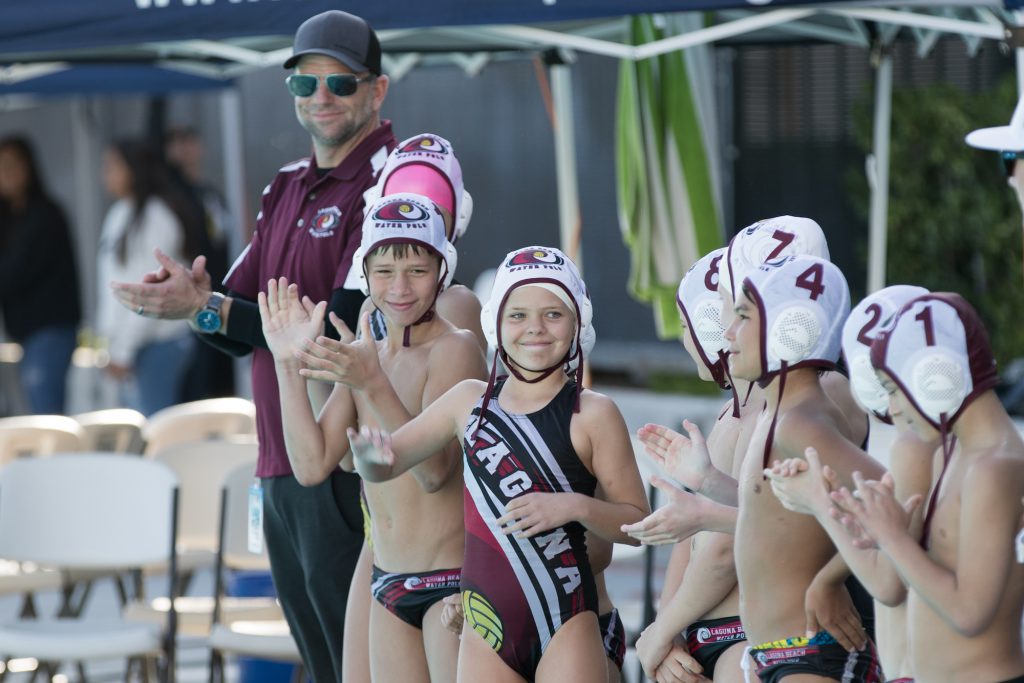
By Michael Randazzo, Swimming World Contributor
It’s a time of great promise for water polo in this country, and Stephanie Krogius may be the ideal ambassador for USA Water Polo, the national governing body (NGB) that oversees the sport in the U.S. A former All-American tennis player at USC, she has been with the organization since 2012 rising swiftly through the ranks to become Chief Membership and Advancement Officer.
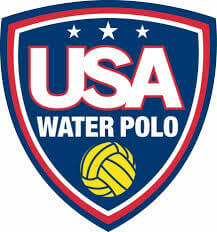
A California native, Krogius starred at USC and then played on the USTA professional tour before coaching women’s tennis at Arizona, first as an assistant from 1994 – 1997 and then as head coach from 1998 – 1999. After a stint as Director of Marketing at UC Irvine, Krogius came on board at USA Water Polo.
Working with CEO Chris Ramsey to direct the organization’s fundraising efforts, Krogius is a key player in charting USAWP’s future. She recently spoke with Swimming World about age group growth in Texas and beyond, challenges presented by the organization’s large volunteer base, the impact of Junior Olympics—the world’s largest polo tournament—and the sport’s bright future in America.
– Over the past decade USAWP has experienced strong growth.
2017 membership numbers closed at 45,370. We have had a strong rate of growth for nine consecutive years, very close to doubling since 2006. And this is unique and something we are very proud of, especially in the time when many sports are on the decline.
There are encouraging signs that this growth will continue, including more support and collaboration from swim coaches. As an example, in Texas, the swim coaches—their organization TISCA (Texas Interscholastic Swim Coaches Association)—has endorsed water polo and all of our efforts there. We are focusing on Texas and one specific initiative is UIL (University Interscholastic League) recognition—[that is] water polo being recognized as a high school sport. Having these swim coaches’ endorsement is huge, and that effort is reflective of things happening across the country.
Having said that, we’re certainly not satisfied. We want to continue the rate of growth and there are paths to do that. Mark Carney was part of a recent reorganization of the company that illustrates our commitment to continued growth.
We are now structured better to increase our events—we believe that events drive growth—and streamline through Mark’s plan those initiatives. Another part is my role in membership and membership services is retention. Keeping members through those common points of attrition and truly making water polo a lifetime sport. Once our athletes are aging out [at age 18], some go on to play college varsity or club, some don’t—they go into the workforce—how do we keep them engaged with the sport and with our organization?
One piece of our strategy was a heritage membership, just launched this last year, which is essentially a free bridge membership for two years for that segment of our constituency. It focuses on opportunity outside of play, whether social, networking, communications etc.
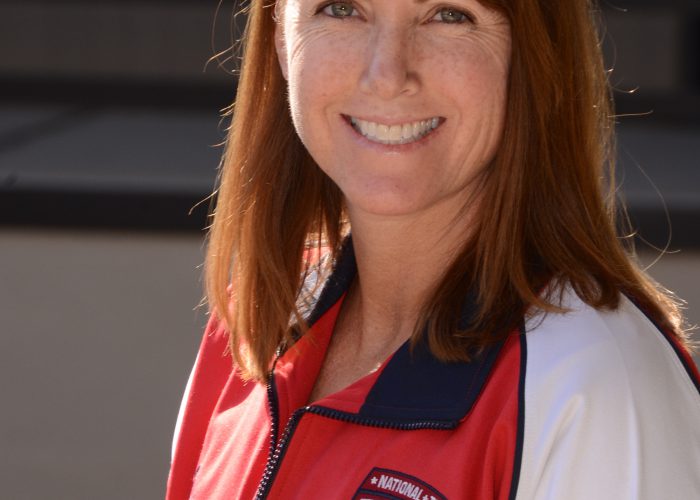
Stephanie Krogius. Photo Courtesy: USA Water Polo
– What distinguishes USAWP is that it is serving young athletes new to the sport as well as preparing our country’s most experienced polo athletes for international—including Olympic—competition.
Our mission is to grow the game of water polo across the nation and to win gold in world championship, Pan American and Olympic Games. That was established by our board a number of years ago. I often use the phrase in development which is: Grass roots to gold medals—splash ball to our senior Olympic teams. That is truly what we are.
We recognize that the water polo ecosystem is very wide. Within that broad mission, Chris and I talk a lot that we’re in the business of developing human potential. Helping every member reach their personal best, achieve their individual goals. Which vary from: I want to make my high school team to, I want to be a coach, to I want to be an Olympian. We provide opportunities for all ages, abilities and commitment levels, which I think is important.
We do this by sanctioning local tournaments, producing national events, selecting and training U.S. Olympic teams and some non-traditional things such as providing mental skills, positive coaching training, etc.
– How does your staff manage all these different tasks and serve a membership that totals in the thousands?
We employ numerous part-time coaches and referees, which is important to note in your observation of the two sides of our mission. But the continuity is important. Take the coaching example: you start with splash ball, you move into club, maybe you go into ODP, maybe you go into college or national team. There needs to be a strong pipeline of coaching education and a system of training which we wouldn’t be able to do if we weren’t from the grass roots to the gold medal. It really is a benefit. We’re small enough that—maybe not day-in, day-out our Olympians front and center stage—but we’ll take our events, and part of our commitment to growth is moving our national team around the country.
I think we really do a very good job of taking those two pieces of our dual mission and working them together for successful outcomes on both sides—winning medals and growing.
The proof is in the pudding. Our men are looking for stronger performances but we’ve got a women’s team that’s arguably the best in world, and we’re seeing growth concurrently at the grass roots level.
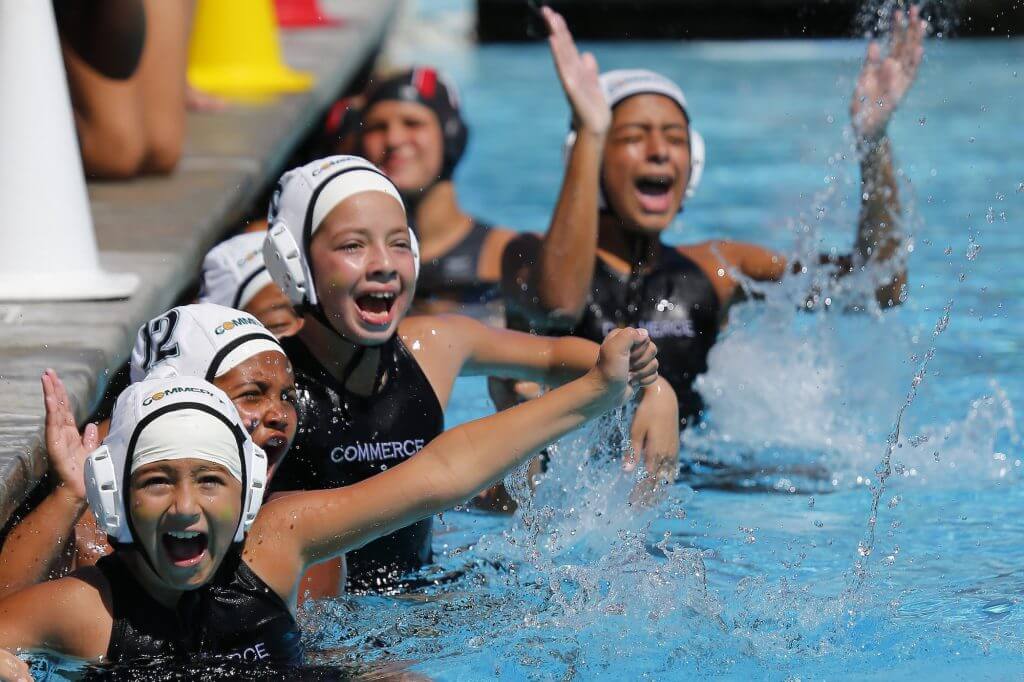
Photo Courtesy: USA Water Polo/KLC Fotos
– Your volunteer coaches are a tremendous benefit—but they occasionally bring unwanted attention to the organization.
My colleague Christy Sicard is our point of contact for SafeSport, which indeed does fall under my purview. And it is the highest priority at this organization, which is why [members] have gotten notes from our CEO. It’s coming from him because it should come from the top.
We have a zero-tolerance policy not only for sexual misconduct but physical, emotional, bullying and hazing.
I absolutely acknowledge there’s an issue; like you said, you go to the money to rob banks. And, with how horrible all of this with Larry Nassar is, it has increased U.S. Center for SafeSport resources.
How we address it is: 1) Through transparency; 2) A very strong partnership with the U.S. Center for SafeSport, which we partially fund and which we are 100% compliant.
The codes of conduct which wrap in the background screening [and] trainings that are required; there are no exceptions. Will that catch everybody? Probably not, which is where mandatory reporting is key. That is something that’s not always talked about enough. The training and the background screening is important; the responsibility of mandatory reporting and being observant is equally important.
At USA Water Polo, not only does this sit on our website, it is pro-actively communicated to our members. All of the resources and instructions for a complaint, for mandatory reporting, information—whatever you need is easily accessible and clear.
There is the matter of Bahram Hojreh, a youth WP coach in Los Alamitos who was the arrested earlier this month.
You’re innocent until proven guilty but the situation with Mr. Hojreh illustrates our transparency [and] our decisive action. Back in January—immediately when charges were made—[he] was suspended. He’s inactive and will remain that way.
That was a disappointment but we are constantly evaluating ourselves. Checks and balances are in place. We are very pro-active and transparent on this issue and really appreciate the partnership with SafeSport.
– On top of everything else, this month begins the elimination process for what will culminate in July as the largest youth water polo tournament in the world.
How we view this as an organization is it is our signature event—an opportunity for our members to compete on the national stage. It allows for the athletes and their families to be part of something bigger, beginning with JO qualifications at the zone level.
Around here we also believe that events drive growth. I understand that not everybody qualifies for JOs but it’s part of our whole system of play—the clubs really are the backbone of USA Water Polo. They drive our membership, and whether you start in a splash ball program or a part-time league, you move into your club you play your sanctioned events—JOs is a big championship, like NCAAs for youth sport.
It’s unparalleled and we believe it’s a growth driver [but] we’re maximized. There’s no area in the country that can accommodate any more growth. That is the facilities—the pools. We’re now talking about how do we expand and give all our members that opportunity to be part of something bigger.
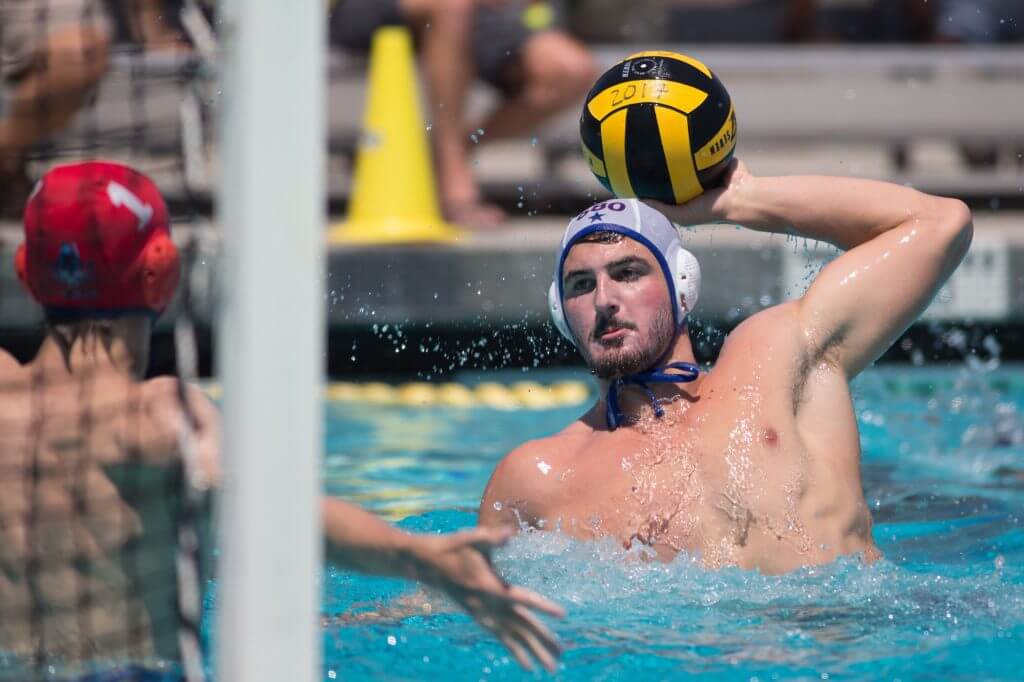
Junior Olympics competition. USA Water Polo/KLC Fotos
Maybe instead of qualifications, in a couple of years we could break out into a regional system or city championship. Those are the discussions we’re beginning to have.
– Where does the funding come from to sustain current growth and make for a better future for USA Water Polo?
We’re an $11 million dollar company. You mention giving and that’s one of my charges. My goal this year is to raise $1.4 million dollars. The lion’s share of our revenue comes in through our membership, which is about $4 million. The key component is to grow funding. We’re an amateur sport; if we’re not going to be a monetized sport with a profession league, ideally, we can keep growing. Who knows what the number might be, but let’s call it $13-14 million dollars to accomplish what we want.
The key components to [growing revenue] are going to be membership growth, corporate partnerships, philanthropic giving and… some other things could lead to surprises in that regard. The National League, which is designed to be part of development for our men’s national team, could that turn into a semi-pro league?
We’re interested in and are pursuing opportunities for a national training center. What might that mean if it could become a reality?
For now, the key components are membership growth, corporate growth and philanthropic giving.
– How do you plan to expand of individual giving for USA Water Polo?
Do I believe there’s a [big donor] out there? Probably. It will have to be a personal connection, someone like an internet billionaire who played water polo and has a passion for the sport or maybe a parent of kids who have benefitted.
We’re always looking for that! I oversee both the fundraising and marketing, and in both of those areas we’re looking for that perfect match: a corporate partner or an individual. We have some very generous corporate partners [and] we have some very generous individuals. The feedback we get is that [water polo] provides a tremendous benefit to our families, so a lot of donations are from family. There’s alumni and masters players mixed in so it’s across the board.
We have an accomplished board of directors—kudos to our CEO for assembling such a strong group—water polo is a high achieving sport. No one should be surprised that we call on them to help us identify such a person or corporation.
It’s important to remember that we can grow without that one [rain-maker]. It would be great to find it—that could be a solution on many fronts—but as our brand and membership grows, philanthropy is significant.
We’re an $11 million dollar company and we’ve got a million and a half dollars in philanthropic giving. If we keep plugging away with major gifts as we do now we’ll keep making inroads.
– I noticed that there’s now a partnership with Global Wave North America to develop a Futures Camp program for age group players. Is this the start of additional partnerships for USA Water Polo?
This is the first year that we have partnered on this Futures Camp. We’re being prudent—we’re sending a small team over there. This came about in response to member feedback and an opportunity to continue to develop our pipeline.
The future of water polo is bright. The level of athletes that we’re getting in ODP that move on to championships that move on to national training and selection camp and pipeline teams is phenomenal. And what we’re hearing from our constituents is that they’re not making a pipeline team but they want to raise their profiles as a player, they want international experience.
More broadly how does it relate to growth within our organization, well it’s intent was more development in purpose. But like any partnership, we’ll see where it leads.



